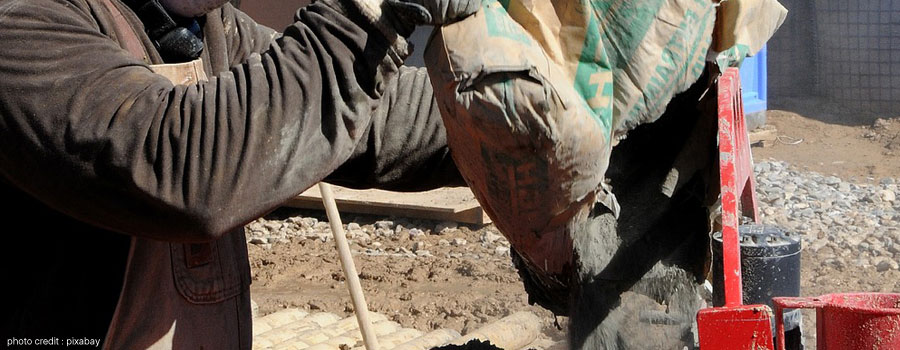Blog Post

Ready Mix Concrete is enhanced by the addition of admixtures. Concrete/screed admixture is the process of adding retarder to the mix in order to reduce the water ratio and extend the setting time. This is done at relatively high temperatures. Retarders allow concrete to function 24 hours a day, seven days a week. What are the advantages of using them? Well the working module of such admixtures are discussed in detail. So scroll on!
Retardation Mechanisms
A retarder is either dissolved in the mixing water or sprayed on the surface of the ready mix concrete. It momentarily halts the hydration reactions, resulting in a longer period of dormancy. There are a lot of different reactions depending on the type of cement and the type of retarder.
Recognize that the processes of delay are only in place for a short period of time. With time, the mechanism reduces, and hydration continues as normal. Here are the four stages/effects of retarder mixture.
Adsorption
In this form, a retarding additive is deposited on the surface of the cement particles. This layer of retarding additive protects the cement particles by forming a protective skin. Water molecules can't get to the surface of cement particles that haven't been hydrated because of this diffusion barrier. This slows down the process of hydration in the ready mix concrete. Due to lack of hydration, the stiffening process is reduced and the working lapse of the concrete mix is enhanced drastically.
Formation of a nucleus
As water is added to the ready mix concrete, the surface of the cement particles releases calcium and hydroxyl ions. They begin to crystallise when the concentration of those ions approaches a critical point.
This slows down the formation of calcium hydroxide nuclei until they reach a certain level of supersaturation. To do this, the concrete suppliers add a retarding admixture to the cement.
Complexity
Calcium ion complexes are quickly produced in the first few minutes after the cement grains have been released into the water. The creation of these complexes increases the cement's solubility.
Cement paste will have a higher concentration of Ca2+, Si, Al, and Fe if the hydration process is slowed down by the use of retarding additives such as lime. CaCO3 and HCO3 are prevented from precipitating to create calcium hydroxide because of the high concentrations of these elements in the solution. In this manner, hydration is slowed down in ready mix concrete.
Precipitation
Unlike adsorption, precipitation involves the formation of insoluble derivatives of retarders from a reaction with extremely alkaline solutions. It is all because of the precipitation process, the solution pH climbs over 12 after a few minutes of contact between water and cement.
When these insoluble derivatives are precipitated, they form a protective covering around cement particles that inhibits the cement hydration process. The protective layer acts as a diffusion barrier to keep water molecules from getting very close to the cement particles in the ready mix concrete.
Wrap Up
If you want to know more about the kinds of admixtures used to enhance the concrete mix from the leading concrete supplier in London, contact our team. The best retarder admixtures are available from Save Time Concrete, and the products are of the highest quality and lowest cost in the industry.